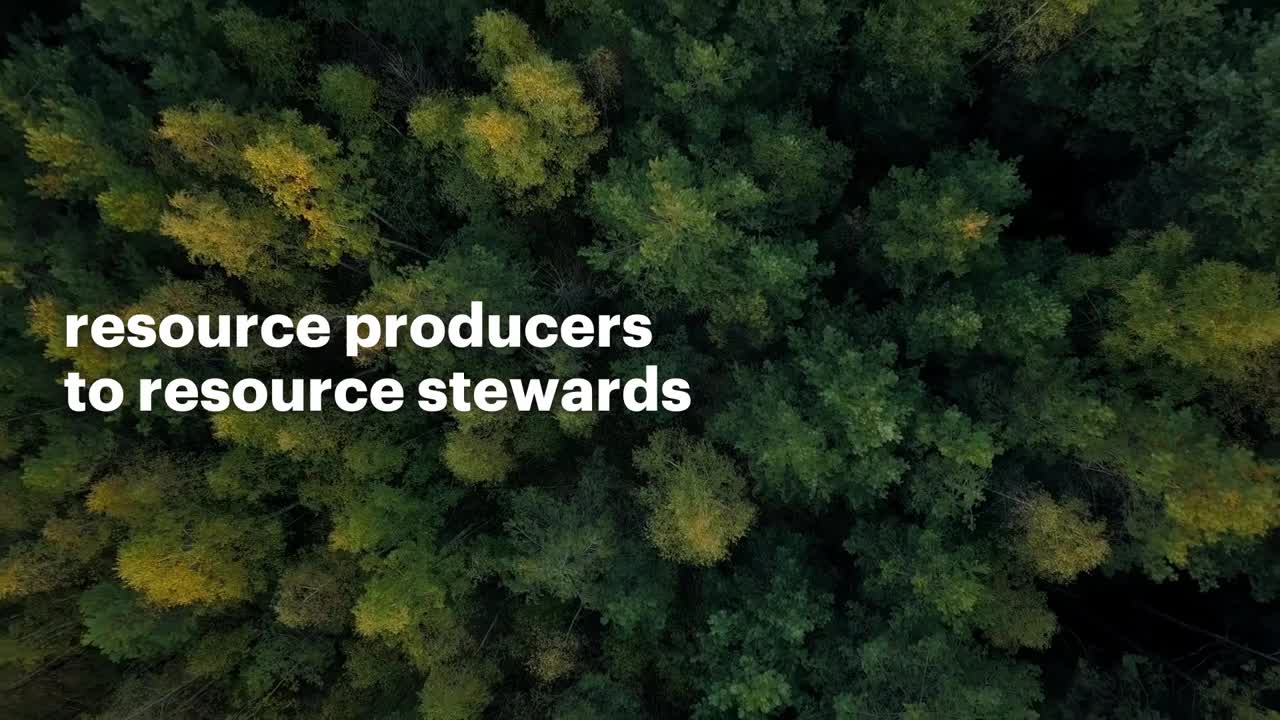Be a steward of the world’s natural resources
As the world looks towards decarbonization, mining, metals, forest products and building materials companies face increasing pressure to shift from being resource producers to resource stewards.
Natural resources now
83%
of natural resources executives have adopted an enterprise-wide strategy to reinvent all functions and business units
95%
of natural resources CxOs say technology is a key element of their competitiveness
83%
of natural resources CxOs are interested in exploring the potential use of Gen AI for tasks like text generation and customer service automation
80%
of surveyed consumers plan to buy more eco-friendly products over the next five years
57%
of CxOs plan to increase technology spending on digital transformation/data and AI initiatives over the next 12 months

Safer. Smarter. Sustainable.
Now is the time to tackle industry-wide challenges and reimagine your operations to benefit your people, assets, communities and environment.
How to reinvent natural resources
Unlock the value of your SAP application portfolio with intelligence
Eliminate carbon by industrializing new circular economy business models
Gain faster time to market, leaner inventory and greater transparency
Upgrade existing plants and fund net zero projects
Rearchitect the shop floor processes and experiences
Reskill, retrain and empower workers through emerging technologies
Automate processes and decision-making using predictive analytics
What’s trending in natural resources
Awards and recognition
Accenture named a Leader in 2023 IDC MarketScape for Mining
Our natural resources leaders
Dr. Bernd Elser
Senior Managing Director – Global Lead for Chemicals and Natural Resources
Marco Ribas
Managing Director – Global Mining Lead
Timothy Van Audenaerde
Managing Director – Global Metals Lead
Fredrik Engdar
Managing Director – Global Forest Products Lead

